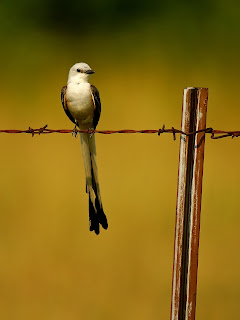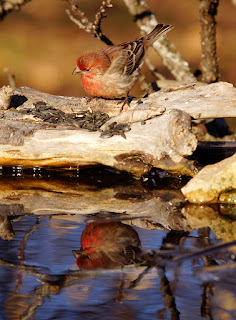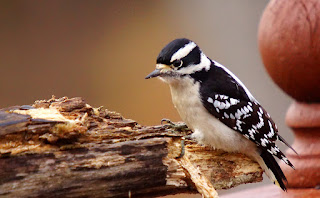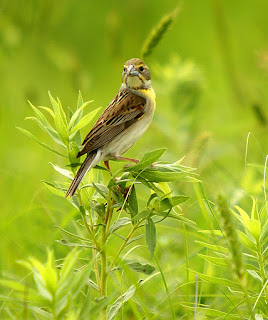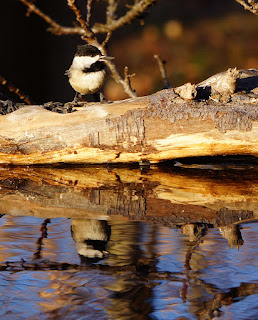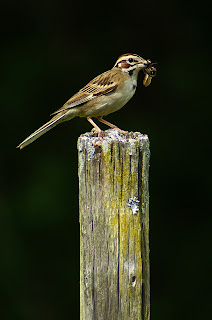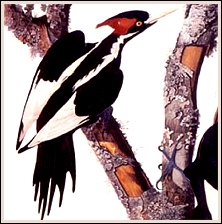About a year ago I stumbled onto a location where a few isolated trees offered a nice opportunity for an interesting photo shoot. The trees were not unique and appeared much like any of the other ordinary trees you can find in Kentucky. The unique thing about these trees was they grew isolated in a small clump along a high spot that allowed them to be silhouetted against the sky. As luck would have it, they were also located at a bend and split in the road allowing for easy access. A small cemetery was also located inside the triangle space where the trees were growing adding to the country flavor of the location.
Even though sunset photos can more often than not, offer more of a cliche than a unique composition, I still enjoy photographing them. Usually broken clouds are required to produce that amazing glow in the sky we all enjoy. But, sometimes a cloudless sky can also create a tremendous amount of color and glow at sundown. The trick is to place something in front of the setting sun to break up the scene and allow the drama of color to unfold. It is also important to understand how your camera will react to this kind of light.
Let's take a look at a recent shoot and see how these images were created. The first thing to remember is what your camera's exposure meter wants to do. If everything is set to neutral settings and you simply allow your camera to set the exposure it wants using a priority or programmed mode, it will set an exposure that will bring the scene to a middle tone value. If what you are looking at is indeed a middle value then you can trust your cameras metering. If however it is very bright, the camera will darken it some to achieve that middle value exposure. If it is dark, then it will brighten it some to achieve the same results. Boosting or retarding the exposure by employing the +/- exposure compensation value button will tell your camera to add light or remove light from the exposure value it want's to set, or, you can set everything manually and compensate up or down either your aperture or shutter speed. We're going to assume you have at least a fundamental understanding of this principle.
The idea behind this particular shoot was to capture the glow in the sky behind the trees without blowing out the sky or making the sky appear too dark. Your camera has an uncanny ability to accumulate light and transform it into a range of colors you simply cannot see visually. In this case, I positioned myself where the sun would fall behind the clump of trees and I waited...taking a few shots here and there to test the results of the exposure. When the sun finally set below the horizon, all that was left in the sky was that glow. I wanted the shot to enhance this glow, to give the sky that radiant after sundown appearance. For the composition I placed the trees high in the sky and slightly offset with just enough of the ground along the bottom to comfortably anchor the scene.
Your camera will interpret this after sundown glow as a middle tone value and create a wonderfully graduated color effect that radiates away from the brightest center portion. What you must avoid is allowing the scene to become too dark or too bright where all the detail in the sky is lost in either blown out values or so dark they cannot be seen. A silhouette against this sky glow is what I was shooting for. A simple application of the +/- compensation to brighten or darken it will bring your exposure into a comfortable range. It takes a little experimentation to achieve the desired results. Using the tress to add interest and form enhances the compositions value by creating a simple yet pleasing layout. What might have been an ordinary, cloudless setting sun most people would simply ignore, became a wonderfully magical moment where the sky, the trees, and the light combined to generate a fun photograph.
I also managed to take some video footage for this years Adventure Photography Video series which was included in the previous post. All in all, it was a fun outing and I was able to once again take advantage of another wonderful Kentucky sky.
I also managed to take some video footage for this years Adventure Photography Video series which was included in the previous post. All in all, it was a fun outing and I was able to once again take advantage of another wonderful Kentucky sky.












